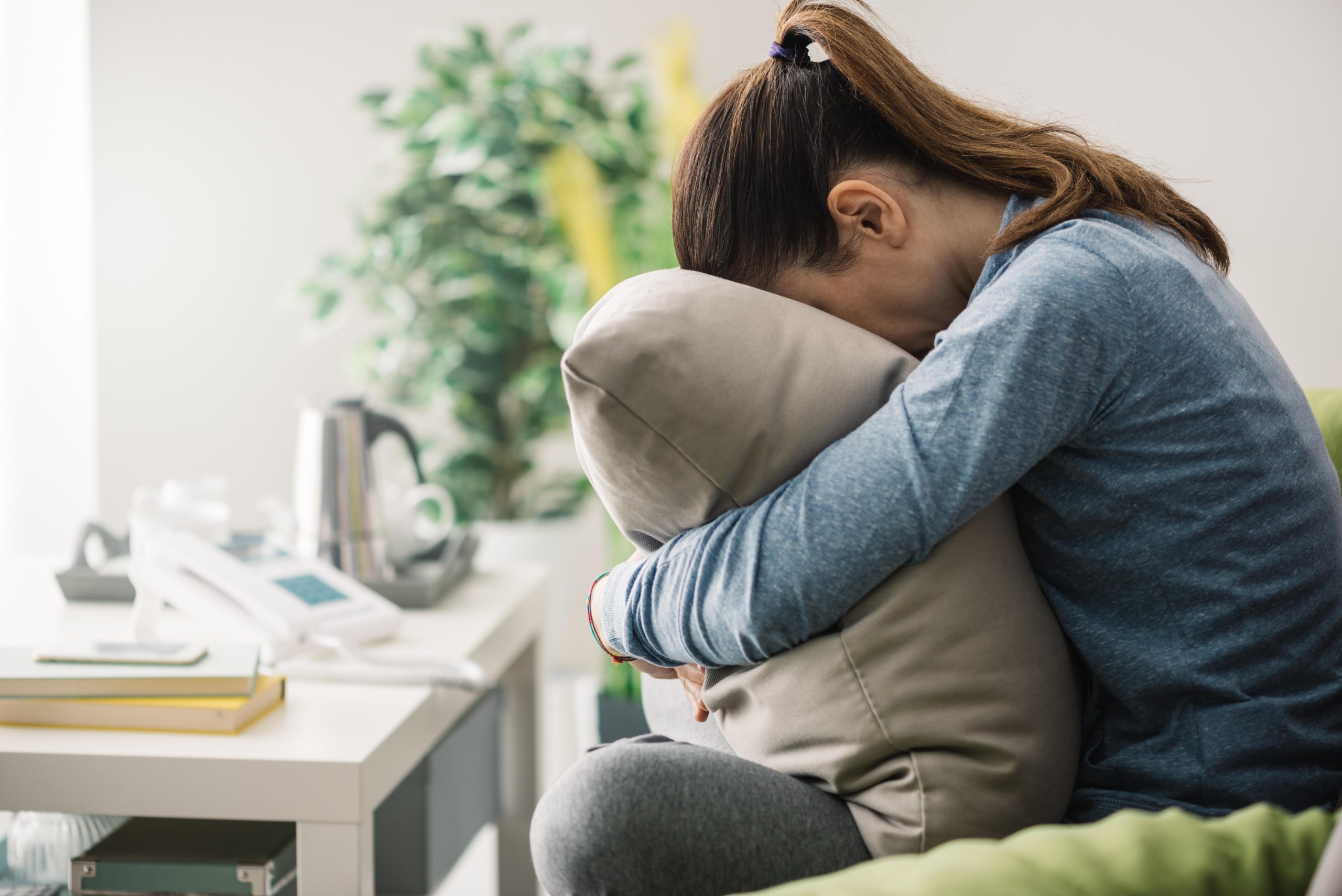How to Get Help With Anxiety
All of us worry and feel fear from time to time, but people help with anxiety have heightened and persistent fears that are often irrational. This can cause distress and disruption to their daily life.
Try to find small changes you can make to help reduce your anxiety. These may include keeping a diary to identify triggers and what helps.
Psychological therapies
Psychotherapy, also known as talk therapy, can be an effective treatment for anxiety disorders. Cognitive behavioral therapy (CBT) is the most commonly used type of psychotherapy to treat anxiety. It teaches you new ways of thinking and behaving to help reduce your symptoms. CBT for anxiety often includes exposure therapy, in which you gradually encounter objects or situations that trigger your symptoms so you can learn to manage them.
If you’re worried about finding a therapist, ask your doctor for a recommendation or look into employee assistance programs at work, your health insurance company or a mental health professional association. You can also try to find a therapist on your own.
It takes time and effort to overcome anxiety. However, the payoff can be well worth it. Practice the 5-4-3-2-1 coping technique when you’re feeling anxious: Breath in for four counts, then out for four counts to calm yourself. Repeat as needed. This helps refocus your thoughts and reminds you that the feelings are temporary.
Support groups
Everyone feels anxious sometimes, but when anxiety becomes overwhelming it can interfere with your daily life. Talking to a friend or family member about your feelings and concerns can be helpful. You may also find it helpful to join a support group. You can find in-person or online groups that are dedicated to coping with anxiety disorders.
The best way to get the most benefit from a support group is to attend regularly. This will help you become more comfortable opening up to others and sharing your experiences. You will also notice a positive reduction in your stress levels and discomfort.
Identify your triggers and develop a plan for dealing with them. Practice relaxing activities, like meditation, yoga, or deep breathing. You can also try the 5-4-3-2-1 coping technique: name five things you can see, four things you can touch, three things you can hear, two things you can smell and one thing you can taste.
Medication
While occasional anxiety, such as a fear of public speaking or getting on an airplane, is normal, many people experience intense levels that interfere with their daily lives and need to be treated. A health care provider may recommend medication, psychotherapy or a combination of both to manage anxiety symptoms.
Antidepressants such as SSRIs (selective serotonin reuptake inhibitors) are often the first choice to treat anxiety. These medications prevent the brain from recycling the neurotransmitter serotonin, resulting in higher levels of this chemical and reduced anxiety symptoms.
Other medications that reduce anxiety include SNRIs and older antidepressants, such as tricyclic antidepressants like amitriptyline or monoamine oxidase inhibitors like phenelzine (Nardil). Benzodiazepines, such as alprazolam (Xanax) and clonazepam (Klonopin), are also used to help relieve specific anxiety symptoms, such as panic attacks, fear and worry.
Other medications that don’t fall into these categories, such as buspirone (Buspar) and gabapentin (Neurontin), are sometimes prescribed to treat anxiety in conjunction with other conditions. When starting any new medication, it’s important to communicate regularly with a doctor and report changes in mood, energy or sleep.
Exercise
Studies have shown that a regular exercise routine can help reduce anxiety symptoms. This is especially true for people who suffer from anxiety disorders like PTSD and social anxiety. Exercise relieves stress, releases endorphins and improves overall mental health. It can also boost a person’s self-confidence and provide a positive distraction from negative thoughts that cause anxiety.
It is best to do aerobic exercises such as cycling, swimming and jogging. These types of workouts will release a consistent amount of endorphins. It is also recommended to do these activities for 30 minutes at a time, three to five days per week. This will allow the body and brain to get used to the routine and prevent a buildup of anxiety from several sessions of physical activity.
In addition to aerobic exercise, it is important to include strength training. This helps to prevent injuries and improve muscle mass. People with anxiety are often more sedentary than those without the disorder, making it difficult to incorporate daily physical activity into their lives.

